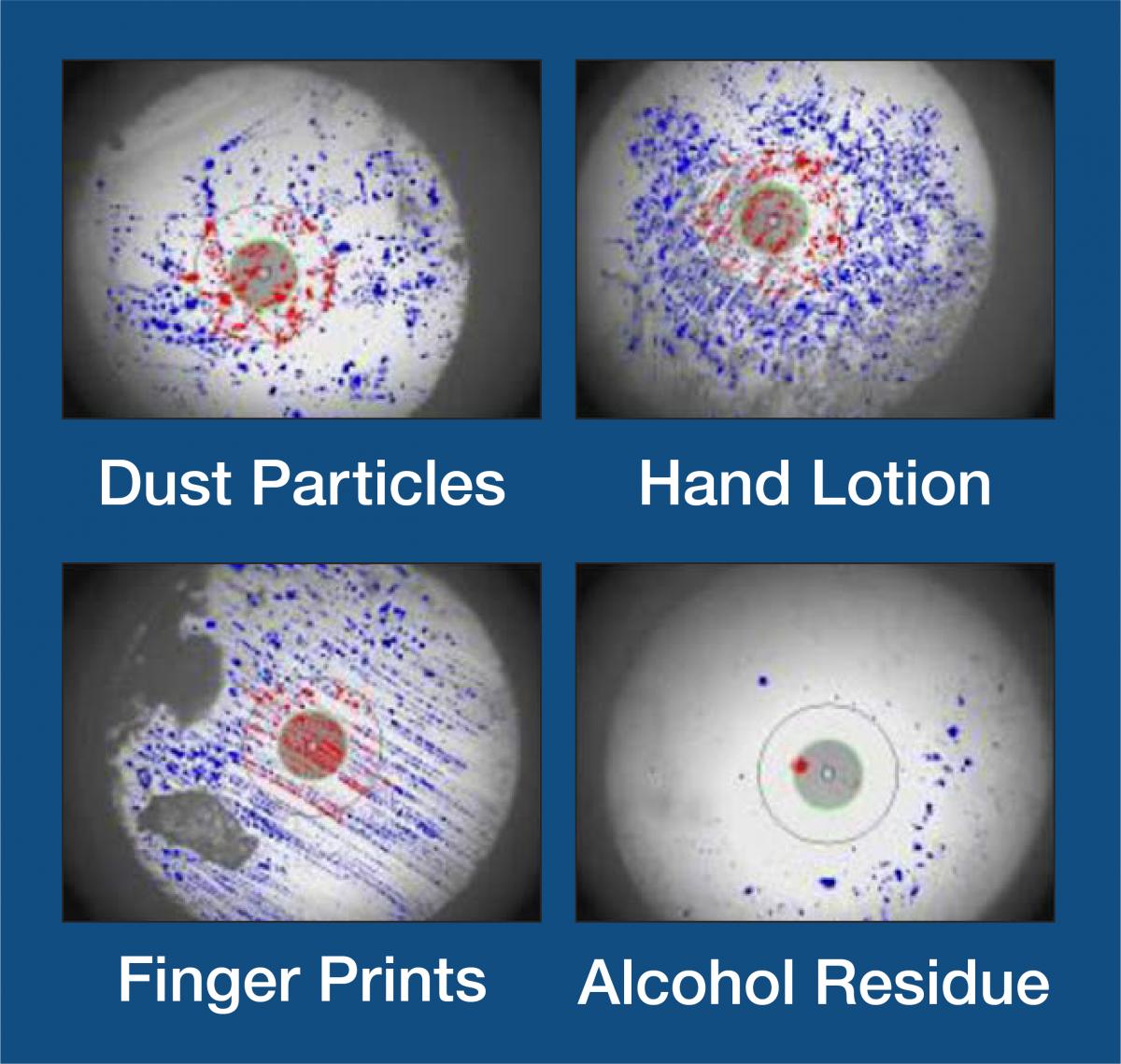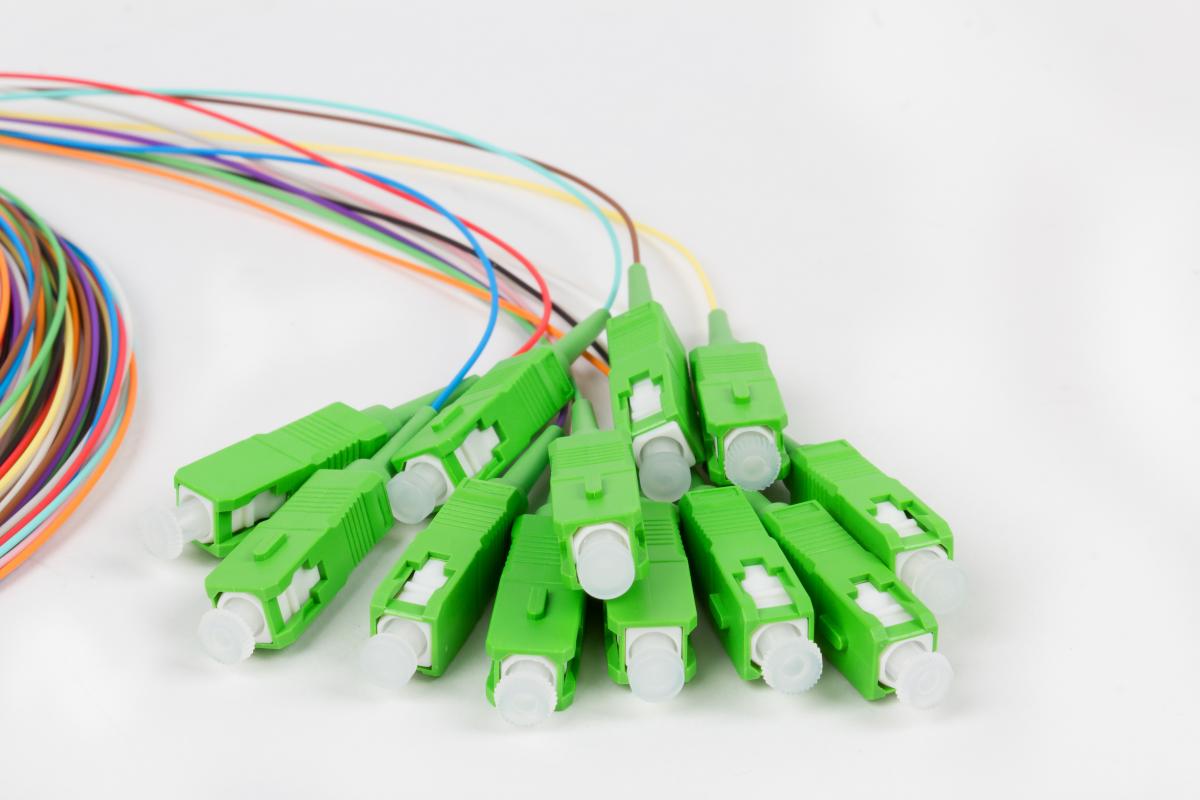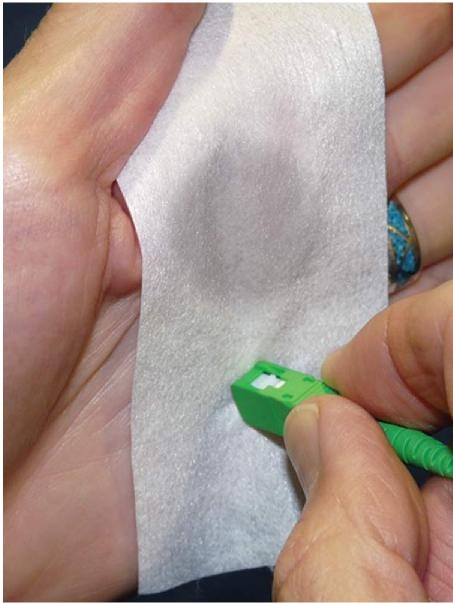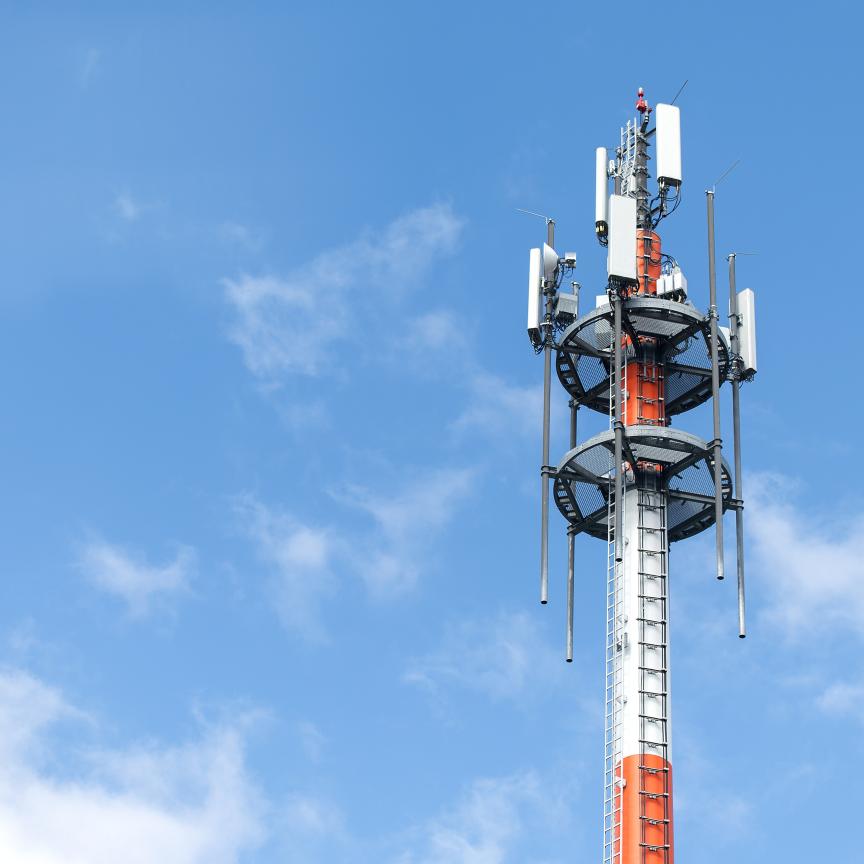The need for reliable 5G networks has never been more important. 5G technology is used everywhere from the video calls in our home offices, to the smart equipment on factory floors. From real-time data used in public transport networks, to autonomous agricultural machinery in farming. Due to 5G’s ultra-high speeds, ultra-low latency, and massive device connectivity, it is allowing innovative technologies like IoT (Internet of Things), AI (artificial intelligence), VR (virtual reality) and AR (augmented reality) to advance faster and be more reliable.
5G networks, along with rapidly developing new era 10G technology, must have the power to support millions of devices with superfast internet speeds and higher data volumes than the generations before. So, a more stable, speedier all-fibre infrastructure is replacing coaxial or copper core cables to support the increasing traffic, higher numbers of devices and larger data volume.
It is widely accepted that there would be no 5G without fibre. For today’s 5G and tomorrow’s 10G networks to effectively handle the increased demand, network providers must ensure fibre is installed and maintained correctly. While in the wider universe, cleaning may not be the immediate association when thinking about 5G networks, in optical communications, it is vital that all connections be perfectly clean for optimal performance and reliability, or operation might be compromised.
A network’s Achilles heel
Although it can be as small as a tenth of the width of a human hair, fibre contamination is the number one cause of network failure. Contamination blocks the light flow through the fibre and can cause back-reflection (the signal is diverted back to its source) or insertion loss (a weakened signal). If the contamination is very heavy, the signal path, or refraction angle, can change enough that the signal is completely lost, causing a total system shut down.
This is especially true with today’s 5G and the future’s 10G networks. Their higher frequency of light makes them extremely sensitive to refractive angle changes. They also require every milliwatt of power available to ensure uninterrupted connectivity and top-speed performance.
Sources of contamination
Contamination comes from vehicle emissions, plant pollen, cardboard box particles, construction dirt, human fingerprints and clothing lint. Even the contact friction from unplugging an end face pair creates wear debris that forms an air-gap between the connectors, resulting in back reflection, signal attenuation or network instability.

Contaminated end-faces
Factory contaminants
Even brand-new patch cords, direct from the factory, can be contaminated. Dust, outgassed plasticisers, mould-release agents and other leftover production debris gets trapped inside the protective dust plugs that cover cable end faces after manufacture. When the protective plugs are removed, the contaminants easily migrate to the end faces.

Static locks on the contaminants
Static generates when two materials rub together. For example, a dry paper wipe, a dry stick or a dry click-to-clean tool wiping a fibre end face. Static pulls dust into the contact zone of the end face connectors, and locks it in place. Fibre end faces are made from dielectric materials and act as electrical insulators. This means the static charge cannot dissipate and continues to draw dust to the end faces indefinitely.
One of the best ways to combat static buildup and remove dust contamination from charged end faces is to replace dry wiping with ‘wet-to-dry’ cleaning using a high-purity fluid and a lint-free wipe, click-to-clean tool or cleaning stick. Wet-to-dry cleaning is an effective cleaning method and meets strict fibre industry standards including IEC 61300-3-35.
Better cleaning procedures allow network installers to clean end faces quickly and thoroughly, saving them time and money on initial network deployments and any subsequent network upgrades, repairs or maintenance. Ironically, end face contamination often comes from the low-purity cleaning fluids, paper-based wipes and foam swabs that some installers use to clean them. Here are some suggestions for better fibre network cleaning alternatives.
Top tips
Some installers use IPA (Isopropyl Alcohol) to clean end faces, but IPA can be hard to buy in high-purity packaging, slow to dry and difficult to keep clean during day-to-day use. It can also absorb water and minerals from the atmosphere which redeposit onto the fibre end faces. Water molecules in IPA are also slow-to-dry, so it can take longer to clean.
An alternative option is to use a specially-engineered optical grade cleaning fluid that cleans consistently, is static dissipative to repel dust and comes in hermetically sealed packaging to prevent spills and maintain its high purity. Importantly, it must be very fast drying to speed cleaning time and keep ambient moisture from attracting to the fluid, minimising potential contamination. Optical grade cleaning fluids are non flammable and non-hazardous, making them safe to store, and easy to transport either by air or inside service vehicles. This is an important benefit, especially if an installer flies or drives to remote installation sites and needs to bring their cleaning tools and fluids with them.
Wipes are good for cleaning fibre splices and end faces, especially widely spaced male-end LC connectors. Insist on high-grade fabric wipes that do not lint or generate a static charge. They should be soft to prevent scratching the ceramic or composite ferrule end faces, and highly absorbent for wiping the contamination away. When wet-to-dry cleaning with a high-grade wipe, lightly dampen a section with a static-dissipative cleaning fluid. Do not over saturate the wipe as too much cleaning fluid on the fibre increases the chance of re-contamination. Then swipe the end face across the wipe from the damp to dry area.

Mechanical clicker-style tools are useful for end-face connectors with lighter levels of contamination or for high-volumes of connectors, especially when time is of the essence. They are convenient and quick to use and can clean connectors with uneven geometry, in any size and for any scale fibre optic network. When wet-to-dry cleaning using a click-to-clean tool, dampen a wipe with cleaning fluid first. Then touch the tool end to the dampened area on the wipe. Finally, insert the tool into the end face and click to clean. Do not spray the cleaning fluid directly onto the end face or onto the tool itself.
Cleaning sticks, when used with a static-dissipating cleaning fluid, are the best option for cleaning low fibre counts, heavily contaminated end faces or for getting into tight-pitched CS adapters and inside hard-to-reach alignment sleeves. The cleaning sticks should be non-linting and engineered to conform to the end face geometry so they clean the entire end face without needing to disassemble the connector or adapter.
Ensuring a reliable, robust network
Today, 5G networks provide the power and speed to seamlessly support millions of devices with superfast speeds and high data volumes. Fibre cleanliness is essential for a reliable, trouble-free network. Using the correct tools and cleaning procedures helps to guarantee robust and reliable system performance. Without proper cleaning, 5G, and the fast-approaching 10G broadband networks are vulnerable.
By working to specified fibre industry cleaning standards like IEC 61300-3-35 and using tools specifically engineered for fibre optic cleaning, technicians are helping to ensure these robust networks will perform flawlessly and keep us reliably connected today and well into the future.
Liam Taylor is European business manager, fibre optics at MicroCare UK and a member of the IEC/SC 86B Working Group 4.


